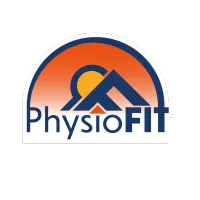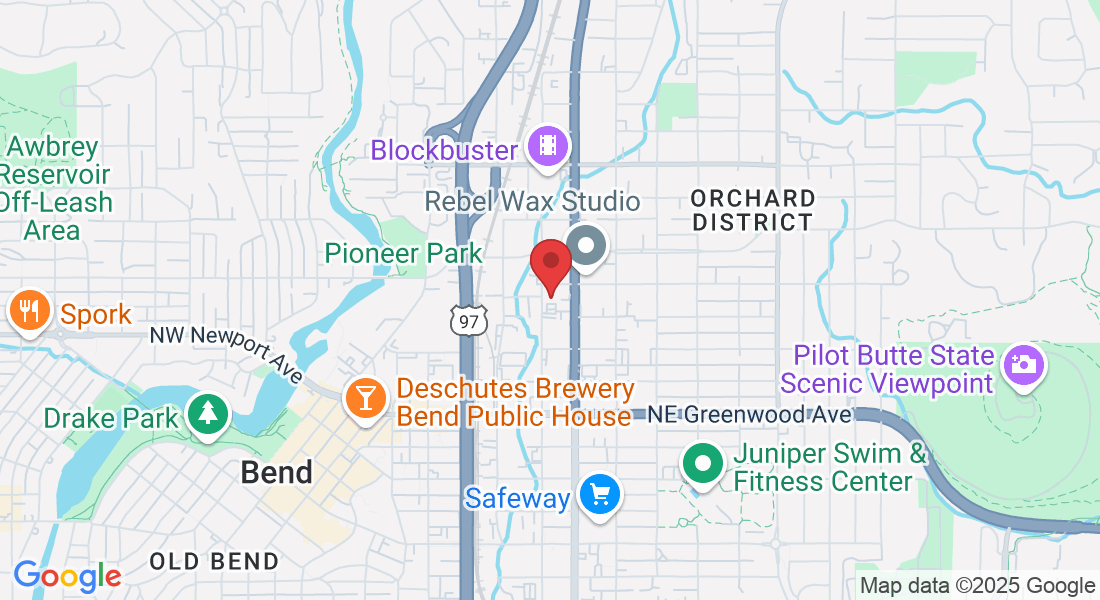Hip Pain Relief
Rediscover a Life Untroubled by Hip Pain
Diagnosing hip discomfort can be complex due to the joint's multifaceted connection to bones, muscles, ligaments, and other tissues. Pain in the groin or inner hip may signal an issue within the hip, while discomfort in the upper thigh, outer buttock, or hip's outer area often implicates surrounding soft tissues. Sometimes, what appears as hip pain may actually originate from elsewhere, like the lower back.
At PhysioFit, we're dedicated to providing specialized hip pain solutions, individually tailored to meet the unique needs and conditions of each patient. We apply a scientific, fitness-oriented approach to physical therapy, focusing on personalized care paths towards relief. Our mission goes beyond just easing your hip pain; we aim to improve your overall well-being, mitigate the risk of persistent or long-lasting discomfort, and facilitate a quick recovery to your regular activities.
What You Should Know
The hip, a sturdy ball-and-socket joint, enables a wide range of movement. The ball, at the top of your thigh bone, fits neatly into a hollow socket in your pelvis, contributing to the joint's impressive mobility.
A network of muscles and tendons encase the hip joint, forming a protective capsule. This support system bolsters joint movement and contributes to leg and upper body motion.
The synovium within the capsule lubricates the joint with synovial fluid and sustains the cartilage health. This cartilage buffers the hip joint bones, minimizing friction and impact during motion. This well-structured support mitigates hip dislocation, even during high-impact injury scenarios.
A proper diagnosis of a hip problem involves a thorough evaluation from a professional.
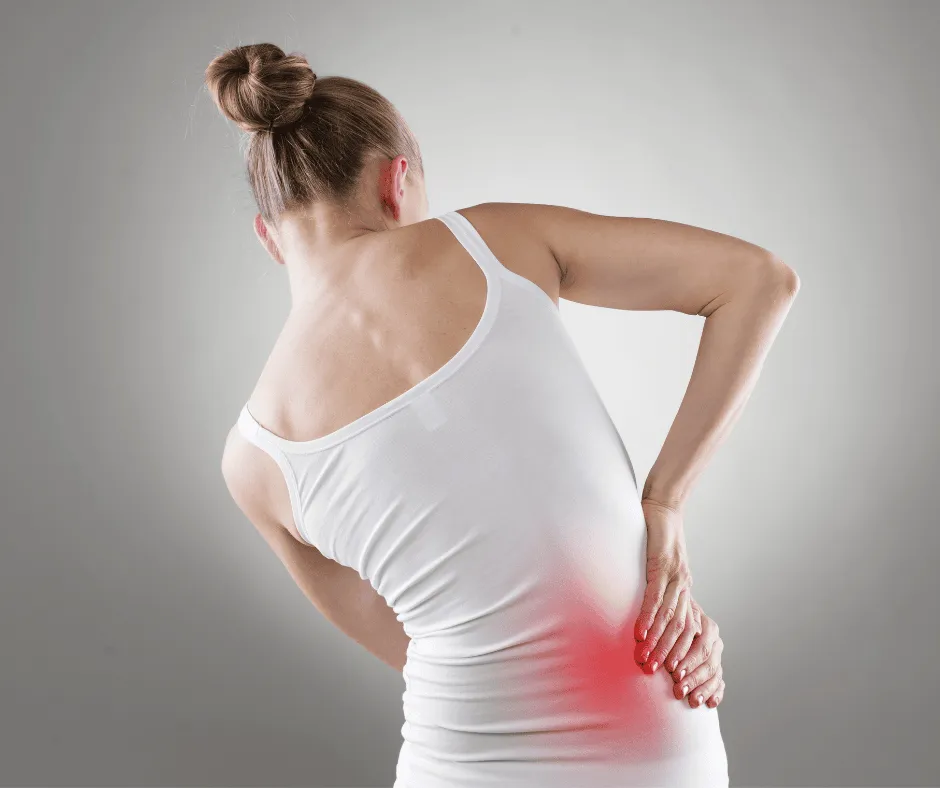
What Really Causes Hip Pain?
The cause of hip pain can vary considerably, stemming from various injuries or health conditions. The nature and severity of the pain often offers clues to its underlying cause.
Tendonitis - Inflamed Tendons: The most frequently encountered source of acute hip pain is inflamed tendons, known as tendonitis. This inflammation generally results from excessive physical activity and while it can be quite painful, it typically subsides within a few days.
Arthritis - A Persistent Pain Culprit: Long-term hip pain is predominantly caused by arthritis, a condition characterized by painful, stiff, and tender joints that can impede normal mobility. Several forms of arthritis can affect the hip:
Osteoarthritis (OA): The wearing down of protective joint cartilage due to age or use often results in osteoarthritis.
Traumatic Arthritis: A joint injury, like a fracture, may trigger this condition, which mirrors osteoarthritis.
Infectious Arthritis: This occurs when an infection in the joint leads to cartilage destruction.
Rheumatoid Arthritis (RA): This autoimmune condition, where the body's immune system attacks the joints, may cause extensive damage to joint cartilage and bones over time.
Of these, osteoarthritis is far more prevalent than rheumatoid arthritis.
Trochanteric Bursitis - Inflammation Near the Hip Joint: Hip pain may also be attributed to trochanteric bursitis, a condition that arises when the bursa, a fluid-filled sac near the hip joint, becomes inflamed. This inflammation can be triggered by hip injury, joint overuse, or postural issues. Moreover, other conditions such as RA can also lead to hip pain, with women being more prone to this condition.
Hip Fractures - Sudden, Severe Hip Pain: Hip fractures, often seen in older adults or individuals suffering from osteoporosis (a condition that weakens bones), present as sudden, intense hip pain. They necessitate immediate medical attention due to potential complications, such as leg blood clots.
A hip fracture usually demands surgical intervention followed by physical therapy to aid recovery and restore normal mobility.
If any of this information resonates with your current situation, we urge you to schedule an appointment with us immediately. Don't let hip pain diminish your life quality - allow us to help you embark on the path to relief today.
Safeguarding Your Hips: Essential Tips to Prevent a Hip Injury
Your hip, a critical joint supporting your body weight during movements, requires utmost care for a pain-free life. By adopting certain habits, you can reduce wear and tear, minimize osteoarthritis risk - a leading cause of hip replacement - and uphold a high-quality life. Here are concise yet insightful tips to keep your hips injury-free:
Healthy Weight Maintenance: It's vital to maintain a weight within a healthy range. The hip bears forces up to 3-6 times body weight, meaning reduced weight equals less pain. Balance regular exercise with a nutritious diet to keep joints healthy.
Good Posture: Your everyday posture significantly impacts your joints. Develop habits like sitting with straight back, feet flat, legs uncrossed, and evenly distributing weight while standing to minimize stress on your hip joints.
Sleep Posture: Optimize your sleeping position to alleviate joint stress. If you're a side sleeper, try using pillows between knees or under your hip for support. Back sleepers should put a pillow under the knees for better spine alignment.
Comfortable Footwear: Wear shoes with proper cushioning and arch support to absorb shocks and reduce joint strain. Seek advice from footwear experts if in doubt.
Proper Warm-Up and Stretching: Prioritize warming up before exercise and stretching afterwards to boost blood flow and flexibility, reducing hip injury risk.
Resistance Training: Add functional resistance exercises like squats, lunges, and step-ups to your routine twice or thrice a week to enhance hip and leg muscle strength, promoting hip stability and reducing osteoarthritis risk.
Modify Exercises: Adapt your workout regime as you age. Vary activities to avoid repetitive injuries and consider isometric exercises if regular movements cause pain. Listen to your body and adjust accordingly.
By integrating these tips into your lifestyle, you're more likely to maintain healthy hips and avoid surgical interventions.
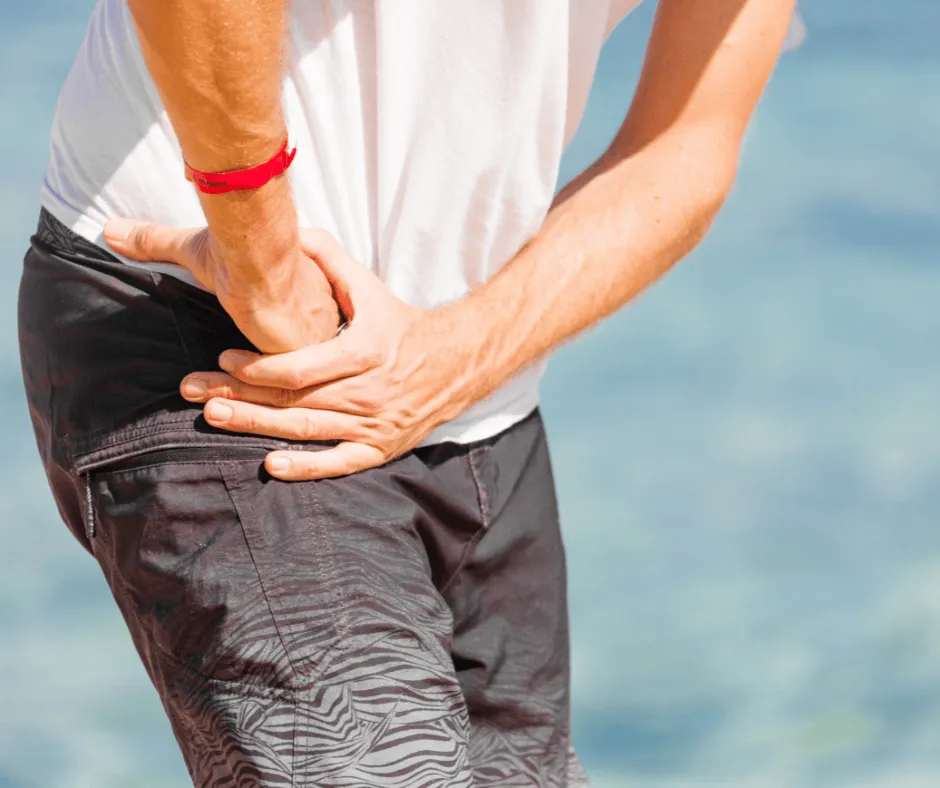
Common Symptoms of Hip Pain
Presence of inflammation or a reddish hue in your hip
Discomfort in your groin, buttocks, or thigh area
Sensing rigidity when mobilizing your hip
Challenges in maneuvering your hip
Experiencing intense pain radiating down one side of your body (from the buttock extending down the leg)
Experiencing a clicking, snatching, popping, or scraping feeling in your hip
Remember, if you resonate with any of the symptoms or conditions mentioned, we highly recommend making an appointment with us for a thorough evaluation and personalized treatment plan.
Please Note: The information provided on our website is intended for general education and is not a substitute for professional medical advice. Each individual's situation and body is different. Therefore, what may work for one person may not work for another. We care about your well-being and advise you to reach out to us to discuss your specific needs before implementing any advice from our website.
Your Source for All Things Physical Therapy in Bend Oregon
The PhysioBlog
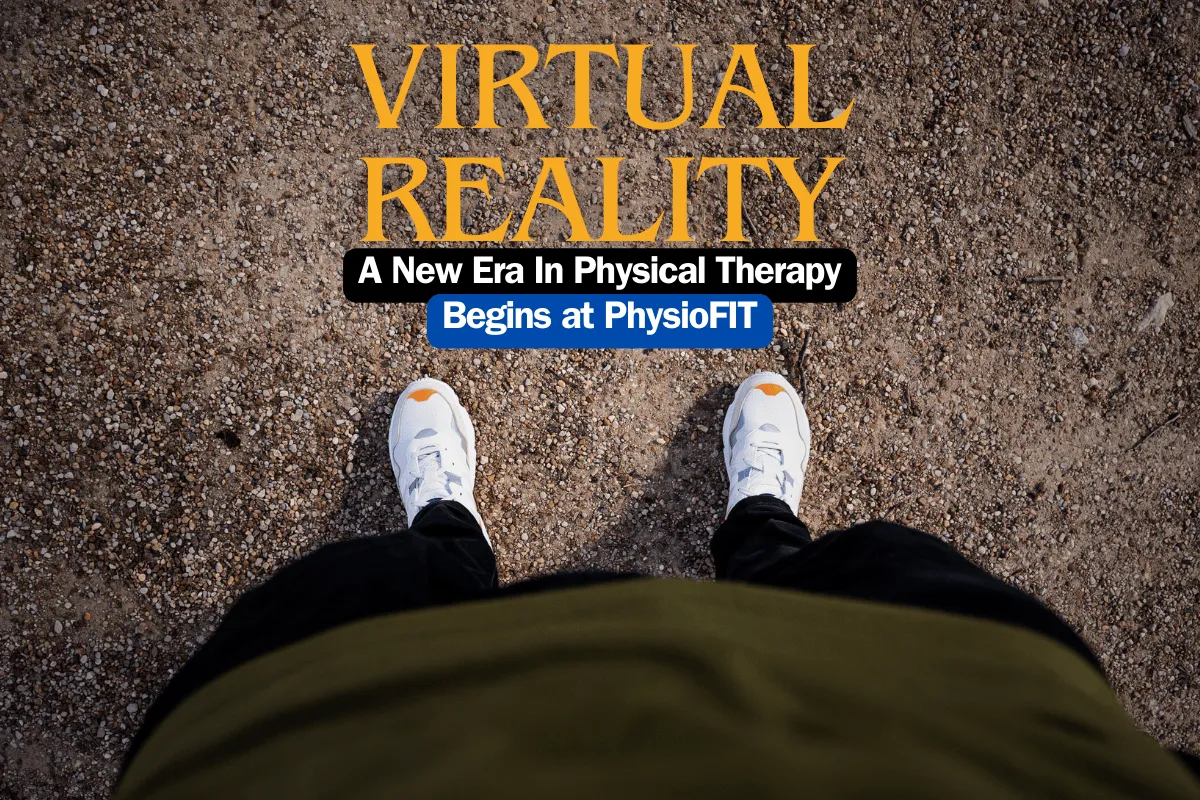
PhysioFIT's VR Edge: Pioneering a New Era in Physical Therapy in Bend
Physical Therapy In Bend Oregon
Please Note: The information provided on our website is intended for general education and is not a substitute for professional medical advice. Each individual's situation and body are different. Therefore, what may work for one person may not work for another. We care about your well-being and advise you to reach out to us to discuss your specific needs before implementing any advice from our website. If you’d like to explore this more or would like to schedule a time with a physical therapist in Bend Oregon, contact us at PhysioFITBend.com
Introduction
In Bend, Oregon, a cutting-edge transformation is reshaping the field of physical therapy, led by the pioneering efforts of PhysioFIT. As the only clinic in the area harnessing the power of Virtual Reality (VR), PhysioFIT is redefining recovery and rehabilitation processes. This innovative approach perfectly aligns with Bend's dynamic, outdoor lifestyle, offering a unique blend of technology and therapeutic expertise.
By integrating VR into our practice, PhysioFIT stands at the forefront of modern physical therapy, providing a highly engaging, personalized treatment experience that is unmatched in the region. This progressive technique not only aligns with the active spirit of our community but also elevates patient care to new heights, setting PhysioFIT apart as a leader in innovative and effective rehabilitation solutions.
The Rise of VR in Physical Therapy: A Technological Leap
Virtual Reality in physical therapy is a groundbreaking advancement, reshaping our approach to rehabilitation and recovery. By integrating VR, our therapists at PhysioFIT are offering immersive, interactive treatments that elevate the patient experience far beyond traditional methods.
Benefits of VR in Physical Therapy:
Enhanced Engagement and Motivation: VR transforms repetitive, mundane exercises into engaging, interactive experiences. This heightened engagement motivates patients, encouraging regular participation and adherence to therapy programs. It helps focus your mind in ways it wouldn’t normally focus while doing most traditional therapies.
Improved Cognitive and Physical Outcomes: VR scenarios are not just visually stimulating but are also designed to improve cognitive functions and motor skills. This is particularly beneficial in neurological and pediatric conditions where conventional exercises might fall short in sustaining interest.
Real-time Feedback and Adaptability: One of the most significant advantages of VR is its ability to provide immediate feedback. This allows therapists to adapt rehabilitation programs in real-time, addressing the individual needs and progress of each patient. Our PT’s can see what you see while you’re wearing the VR goggles.
VR for Diverse Conditions:
Neurological Rehabilitation: VR plays a crucial role in the rehabilitation of neurological conditions. For patients recovering from a stroke, managing Parkinson's disease, or dealing with multiple sclerosis, VR aids in enhancing balance, coordination, and fine motor skills. The immersive nature of VR helps in retraining the brain, fostering neuroplasticity.
Orthopedic Recovery: In the realm of orthopedic rehabilitation, VR is a game-changer. Whether it's post-surgical rehabilitation or managing chronic pain, VR offers innovative exercises that enhance strength, flexibility, and mobility. It's particularly effective in addressing conditions like ankle sprains, knee surgery recovery, and shoulder pain.
Pediatric Therapy: For children, VR turns physical therapy into a fun, engaging activity. Conditions like cerebral palsy, autism, and developmental delays require a specialized approach, and VR's playful, interactive nature holds their attention, making therapy sessions more effective.
Innovations and Research: The Scientific Backing
The efficacy of VR in physical therapy is backed by growing research. Studies consistently demonstrate improvements in balance, coordination, strength, and overall mobility among patients using VR, as opposed to traditional rehabilitation methods. These findings are crucial in cementing VR's role as a safe, effective, and innovative tool in physical therapy. With the new addition of Virtual Reality into the clinic, PhysioFIT is “leading the pack” among physical therapists in Bend.
Expanding the Scope: VR in Various Therapeutic Settings
Vestibular Rehabilitation: VR is proving to be invaluable in vestibular rehab, especially in conditions causing vertigo and balance issues. Custom VR scenarios challenge the vestibular system, aiding in faster recovery.
Chronic Pain Management: For chronic pain sufferers, VR provides a unique form of distraction therapy, helping in pain management and improving quality of life.
Sports Rehabilitation: Athletes in Bend can benefit from VR, especially for injury prevention and performance enhancement. VR simulations can mimic sport-specific movements, aiding in targeted rehabilitation.
Conclusion
Virtual Reality in physical therapy, as championed by PhysioFIT, represents much more than a technological leap; it marks a significant paradigm shift in patient care and rehabilitation methodologies. In the lively and active community of Bend, Oregon, PhysioFIT is leading the way with VR, not just as a tool but as a transformative pathway in the rehabilitation experience. This technology dovetails with the community's ethos of active living, providing an avenue for accelerated recovery and substantial improvement in overall quality of life for those undergoing therapy.
At PhysioFIT, the implementation of VR transcends traditional therapy boundaries, offering a holistic approach that addresses both physical and mental well-being. This innovative platform ensures that recovery encompasses not just regaining strength or mobility, but re-engaging with life in a meaningful and enjoyable manner. For our PhysioFIT patients, this means a rehabilitation experience that is both effective and empowering, fostering a sense of achievement and progress with every session.
Moreover, PhysioFIT's adoption of VR in our practice underscores our commitment to embracing advanced technology to deliver the highest standard of healthcare. It reflects our dedication to providing innovative treatment options, grounded in scientific research and ensuring safety, reliability, and effectiveness.
By integrating virtual reality physical therapy (VR physical therapy) at PhysioFIT, we're not just setting a new benchmark in patient care; we're enhancing lives. In doing so, we are not only promising a brighter, healthier future for our patients but also opening up a world of possibilities, free from the constraints of physical limitations. For the Bend community and beyond, PhysioFIT's introduction of VR in physical therapy is a stride towards a future where cutting-edge technology and expert human care converge to create transformative, immersive, and deeply impactful healing experiences.
FAQ
Q: What makes VR different from traditional physical therapy methods?
A: Unlike traditional methods, VR offers an immersive, interactive experience that can be tailored to each patient's specific needs, providing a more engaging and potentially faster rehabilitation process.
Q: Can VR physical therapy be used at home?
A: Yes, with the right equipment and guidance from a therapist, VR physical therapy can be adapted for home use, allowing for greater flexibility and convenience in treatment.
Q: How does VR impact mental health during physical therapy?
A: VR has been shown to positively influence mental health by reducing anxiety and improving mood, which can be particularly beneficial in the holistic recovery process.
Please Note: It's important to note that any exercises or techniques that are shared should be performed under the guidance of a qualified bend physical therapy expert to ensure correct technique and to prevent injuries. A physical therapist can provide a customized exercise program based on the individual's fitness level, goals, and any existing injuries or conditions. If you’d like to explore this more or would like to schedule a time with a physical therapist in Bend Oregon, contact us atPhysioFITBend.com
Copyright PhysioFIT 2025 . All rights reserved

